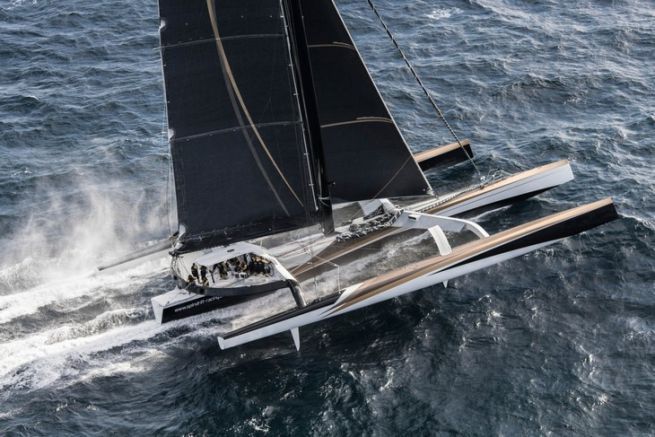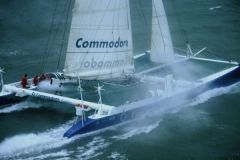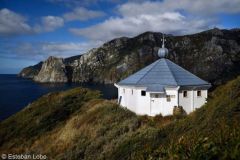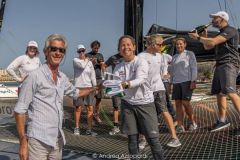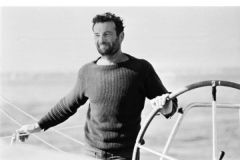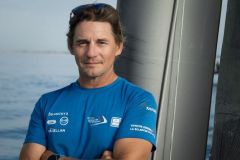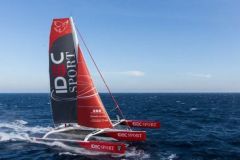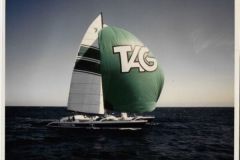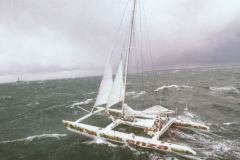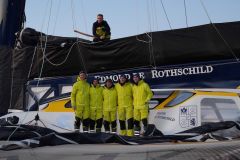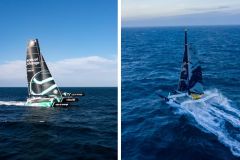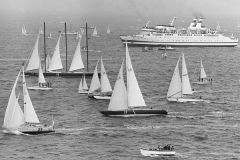New Jules Verne Trophy Record attempt
On 22nd November 2015, Spindrift 2 - the largest ocean racing trimaran - and her crew of 14 sailors set out to conquer the Jules Verne Trophy. Attempt failed, more than a day behind Loïck Peyron's record (the Trophy is now in the hands of Idec Sport, since 26th January 2017, in 40 days, 23 hours, 30 minutes and 30 seconds).
After a year devoted to other races, other supports and other projects, Yann Guichard has nevertheless decided to try again this winter. Contrary to what he announced in October 2016 . "Our highlight this season is the Jules Verne Trophy [...] The new time recently set by Francis Joyon and his team in 40 days and 23 hours will be hard to come by and it's the whole race strategy that we have to adapt." said the sailor on the site of his offshore racing team, Spindrift Racing.
Even if the strategy remains the same, it will have to be adapted to the new reference time set by Francis Joyon this winter. Indeed, the crew will have to be 10% faster.
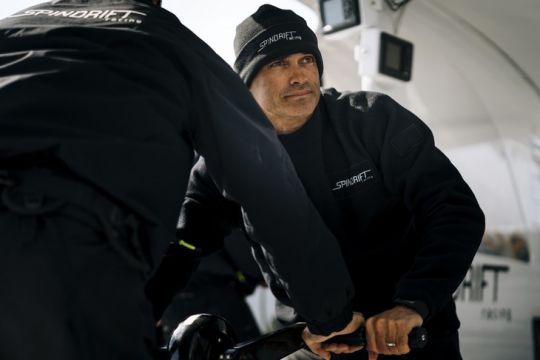
© Chris Schmid
New promising plans
The maxi-trimaran Spindrift 2 has just left Multiplast (in Vannes), after a 6 month refit, in view of this record attempt. Numerous optimisations have been carried out, particularly on the hulls. The hulls are now fitted with new T-shaped rudders, designed to support the platform and thus improve performance. The team is now carrying out a series of tests of these new appendages until September, in order to be ready for a stand-by in mid-October.
"The idea of installing load-bearing shots on the maxi was initially not intended for the Jules Verne Trophy, but rather for short records such as the 24-hour record. We chose to install them for the Jules Verne, as this will bring a performance gain at certain speeds. This installation requires a lot of work in terms of handling and adjustments, which we're currently testing during training" said Yann Guichard.
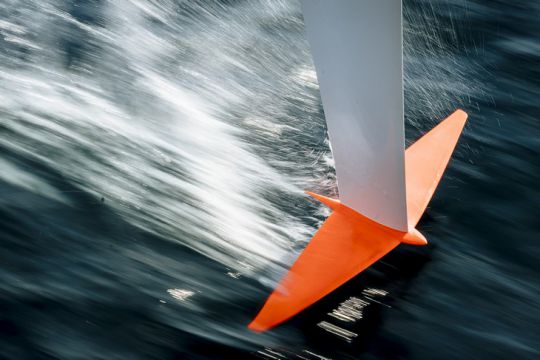
© Chris Schmid
A reduced crew
While there were 14 on the previous attempt, the crew will probably be reduced in 2017. However, the size (40 m) and weight of the boat (20.50 tonnes) will have to be taken into account, which will determine the number of crew members on board. However, the crew will not have to be less than 10 crew members to be at 100% of the boat's potential. "You have to be careful not to compare boats, Spindrift 2 is 40 metres long and IDEC Sport is 32. These 8 metres of difference make all the difference [...] The team's objective is to lead Spindrift 2 to 100% of its potential. It's still a big boat and you need more than 10 people on board to be able to handle it."
With a smaller crew, the pace on board will be more intense and certainly more stressful physically and mentally, due to the high speeds.
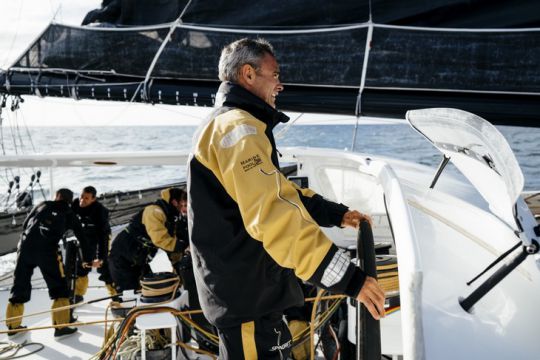
© Chris Schmid
Taking into account the right weather window
Spindrift 2 will go into standby relatively early in October to get the best weather windows of the winter. "We are aware that to achieve this we will probably have to make several starts. Thanks to the weather files, we manage to have a fairly clear visibility at 7/8 days and to detect the trend at 10 days. So after 4/5 days at the equator, we can see if the weather at the Cape of Good Hope and at the entrance to the Indian Ocean is not very favourable for going after the record. In these conditions, we'll have to turn back and prepare for a new start."
The crew will take Francis Joyon's intermediate reference times into account to get their bearings on the race.
In the south, the team is also wondering if they will move closer to the ice to shorten the course and gain 1 or 2 degrees of latitude, "a considerable gain in distance around Antarctica." but watch out for icebergs!
